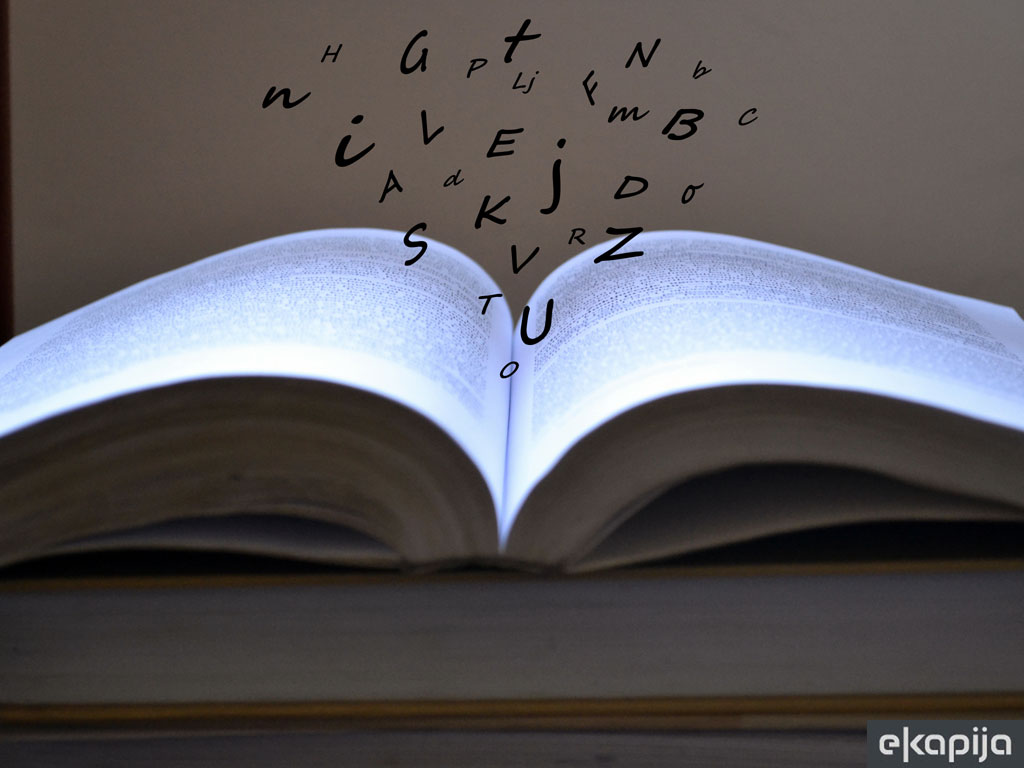Quality in translation (sort of)
I was asked to write an article about quality in translation. Not easy. This is such a complex issue, and one that has been treated for years by the most sophisticated linguists. Since I'm not one of them, I'll simplify the subject: a first word on quality in translation between Serbian and other languages in practice. That's more down-to-earth and can perhaps be dealt with by a non-expert like me, who just understands a good deal of Serbian, loves my own language and spends a lot of time dealing with the practice of getting it done.
In Halifax Translation we are constantly talking about quality, for good reasons. We turn over a large volume of translation for public and private clients, and we often find quite different understandings of what quality consists of.
What is quality in this work? That depends whom you ask. Translation is not a science, nor a mechanical process, but an art. If you give this paragraph to 20 good translators they will come with 20 different translations, all correct. You will be able to argue the relative merits of many expressions they use: some will capture subtleties others don't, some will appear slightly better adapted to the style of the original and some will make better reading, but you won't be able to say that any are wrong. If you analyse them enough, you may possibly agree on which is the 'better' in linguistic terms, but this one may not be the one that is fittest for purpose.
In our business it is common to draw a distinction between 'translation' and 'localisation'. Translation is supposed to follow the original 'faithfully', whereas localisation means re-writing for an audience with a different background. Localisation uses different phrases and explanations, perhaps an entirely different text, to ensure that the new reader understands the essential point that she would not have had the background to grasp if it were just 'translated'.
But is this so different from translation? Let's imagine a text you want 'faithfully' translating that contains a metaphor. A simple example: in English, when you invent something unnecessary because it's been done before, it's often called re-inventing the wheel. Serbians re-invent hot water and the Danish re-invent the deep plate. (The interesting cultural differences exposed by these phrases are for another time.) If you had a Danish text with a deep plate, would you really want that transposed 'faithfully' into Serbian? Surely, it would be better to use hot water?
Let's take a different example. For a contract, quality may sometimes lie in using precise terms and structures, even if this limits your respect for the language. I have seen clients who insist on documents that make a dog's dinner of Shakespeare's wonderful tongue, sometimes for good reason. Why pay for scintillating English prose when the readers will not notice the difference? The decision you make as the owner of the text will depend on whom you expect to read it and why, and your cost-benefit analysis of the task.
Naturally, a really good translation gets it all right. But for that, careful thought and plenty of time is needed, luxuries that most clients don't have or can't pay for. But that is for another article.
(Author: David Lythgoe, the founder of Halifax Consulting)


 Izdanje Srbija
Izdanje Srbija Serbia Edition
Serbia Edition Serbische Ausgabe
Serbische Ausgabe Izdanje BiH
Izdanje BiH Izdanje Crna Gora
Izdanje Crna Gora














 LinkedIn
LinkedIn Email
Email Copy link
Copy link


